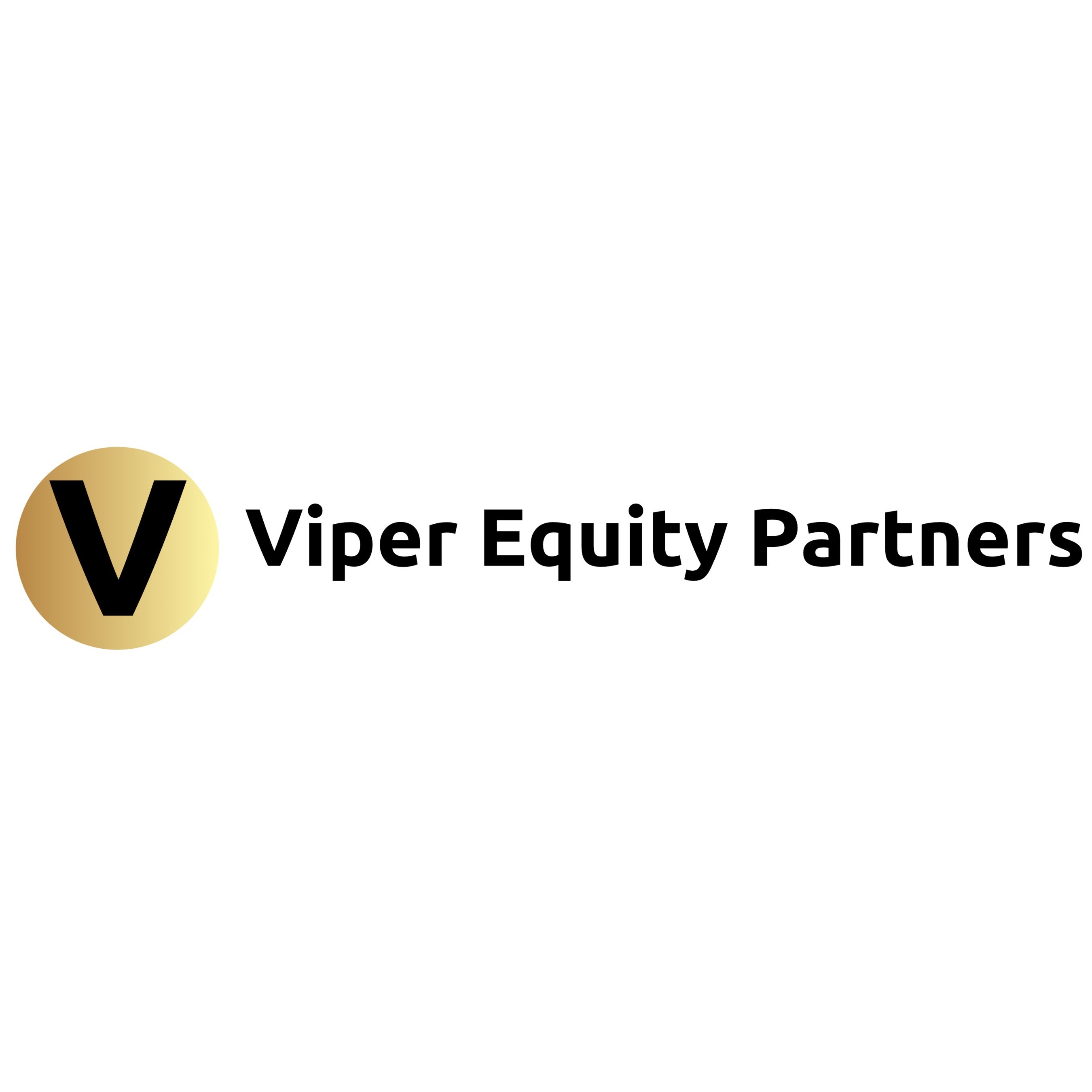Mergers are a way of doing business that can provide a stable growth environment. Unfortunately, they can also cause financial loss and embarrassment. Many of these transactions fail despite the due diligence that companies must perform. As the number of mergers continues to increase, it’s essential to analyze what factors go wrong in a deal. Following are four failed acquisitions that provide valuable lessons for cooperatives.
Time Warner and AOL
In 2000, media giants Time Warner and AOL agreed to create the largest merger ever. It was a favorable deal at the time, allowing both companies to expand their online presence. However, it quickly became apparent that the cultures of the combined companies would clash. The employees of both companies were reportedly very disrespectful to the corporate executives of Time Warner. This resulted in the deal falling apart. During the dot com bubble, the company took a goodwill write-off of almost $100 billion due to the decline in its subscription revenue and dial-up customers.
Despite the importance of numbers, it’s also essential to consider the culture of the combined company. If the employees do not adapt to the changes brought about by the new business practices, it can harm the company’s operations.
Sprint and Nextel
The 2005 merger between Nextel and Sprint was regarded as a favorable deal. However, it quickly became apparent that the combined company would face leadership issues. The companies maintained separate headquarters located in Virginia and Kansas. Many of the company’s top executives left after being upset by the combined company’s culture. The issues that led to the departure of the executives were attributed to the lack of confidence in the combined company’s leadership. The company’s network services also suffered from the various factors that affected its operations. In 2008, Sprint took a $29.7 billion write-off due to the deal’s failure. Since Sprint acquired it, Nextel became a subsidiary of the company.
Before a merger, the company’s leadership team must clearly understand the factors that will affect the combined business. This ensures that the employees are not only focused on the industry but also the culture of the combined company.
Quaker Oats and Snapple
In 1994, Quaker Oats purchased Snapple for $1.7 billion. At that time, Snapple was a relatively small company with annual revenue of $700 million. Since it had a negative operating margin, many analysts questioned the deal’s price. Almost 27 months later, Quaker Oats sold Snapple for $300 million. The company lost around $1.6 million on the deal. Quaker Oats initially thought it could expand its sales by leveraging its relationships with retailers such as supermarkets and gas stations. Unfortunately, most of Snapple’s sales came from independent distributors, convenience stores, and gas stations. The company also botched its marketing campaign, which led to Pepsi and Coca-Cola launching their competing products.
One of the most important factors companies should consider when acquiring another company is the difference between the two markets. If one company can’t provide the necessary value to the other, the deal is in no one’s best interest.
Daimler-Benz and Chrysler
In 1998, Daimler-Benz and Chrysler merged. The combined company would have been one of the top five carmakers in the world. However, it was eventually forced to lay off thousands of workers due to financial troubles. At that time, the combined company enjoyed early success but ultimately suffered massive losses. In 2007, Daimler-Benz sold most of its Chrysler subsidiary to a private equity firm known as Cerberus Capital. The company’s culture was blamed for declining employee satisfaction levels.
Despite the cultural differences between the two companies, the lessons learned from this merger can still be applied to other businesses. For instance, while Daimler-Benz sells luxury cars, Chrysler is known for its low-cost models. Unfortunately, the company did not correctly market and distribute the Chrysler brand.

